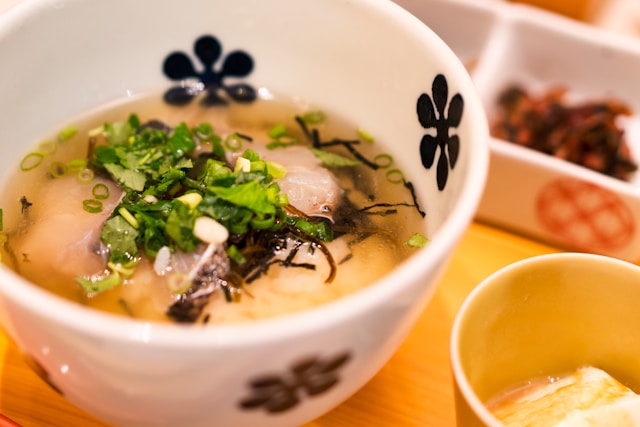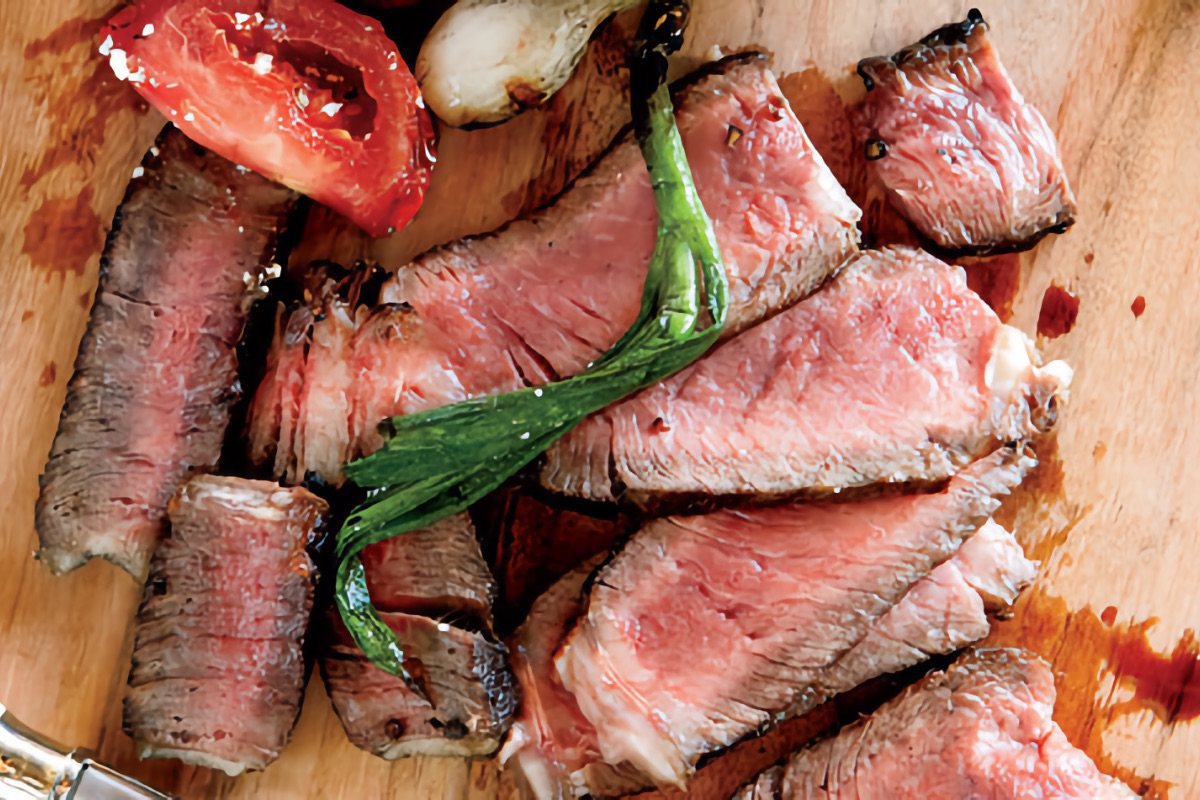Up the umami factor in soups, stews, braises, and desserts with this tangy fermented paste.
There is a small chance you first purchased miso for a dessert recipe. American recipe writers these days are enchanted with the way its nutty, savory tang adds personality to salty-sweet concoctions, not to mention its affinity with flavorings like caramel, maple, and butterscotch. If you’re a Japanese home cook, however, you’ll keep a tub or three of miso in your fridge with a variety of recipes in mind. Here’s what you need to know about this go-to ingredient.
What is miso paste?
Labels identify miso as “fermented soybean paste,” which tells you some of the story. Most misos contain steamed rice, which is inoculated with the mold koji to begin fermentation. Mashed steamed soybeans are added, along with salt and spring water, and the mixture is left to ferment, usually for a year. You can buy “living” miso that is still fermenting and filled with probiotics, though most of the pint tubs in the market have been heat-treated to halt any microbial activity.
In addition to soybean misos there are others made with barley, and about 80% contain rice. You’ll see a few varieties identifiable by their color. White misos have a lot of rice in the mash, red misos contain a lot of soybeans, and awase misos are blending of white and red that find a nice Goldilocks compromise between the softness of white and the tannic astringency of red.
How long does miso paste last?
Miso paste will dry out and get crusty if you don’t store it with a tight-fitting lid (most come packaged with a layer of parchment paper under the lid, which you should keep pressed tight on the surface), and it will likely take on off flavors after months in the fridge, but like other fully fermented products it doesn’t really go bad. If you haven’t used yours in a year, it might be time to replace it.
What is miso soup?
Miso-shiru, imperfectly translated as “miso soup,” shows up at nearly every Japanese meal, not as a starter but as a kind of beverage you sip alongside bites of food, right from the lip of the cup. With miso-shiru in hand, the whole meal shimmers with umami. It also couldn’t be easier to prepare: just add a spoonful of miso to simmering dashi (I use dashi teabags at home) and then garnish with slivered scallion greens, sliced mushrooms, tofu cubes or whatever else you like.
Photo by White.Rainforest
I lived in Kyoto where the local white saikyo miso, sweet and creamy, makes the miso soup I love best. White miso soup with either shimeji mushrooms or manila clams is my leveled-up version.
How do you cook with miso?
In Japan, miso shows up in a variety of dressings and sauces. Thinned and mixed with sugar and seasoning, it is spread over chargrilled eggplants for the dish nasu dengaku. Mixed with rice vinegar, hot mustard and whipped egg yolks, it makes a killer dipping sauce for sashimi and cooked vegetables. As a marinade, it can permeate and enhance the natural sweetness in fish; if you’ve ever tasted miso-marinated black cod you know exactly what it does. Hokkaido, Japan’s northerly island, prides itself on its miso ramen — the best cold-weather dish you’ve ever slurped.
In the U.S., miso has been embraced as a secret ingredient not only in desserts but also in pastas, vegetarian soups and stews, where it imparts the same savory depth you get from meat and broth. How do you find the miso you’ll like best? Taste them on their own. Then add a spoonful to a favorite dish. I promise you: that spoon will keep going back for more.
This article was written by Staff Author and John Kessler from Food & Wine and was legally licensed through the DiveMarketplace by Industry Dive. Please direct all licensing questions to legal@industrydive.com.








